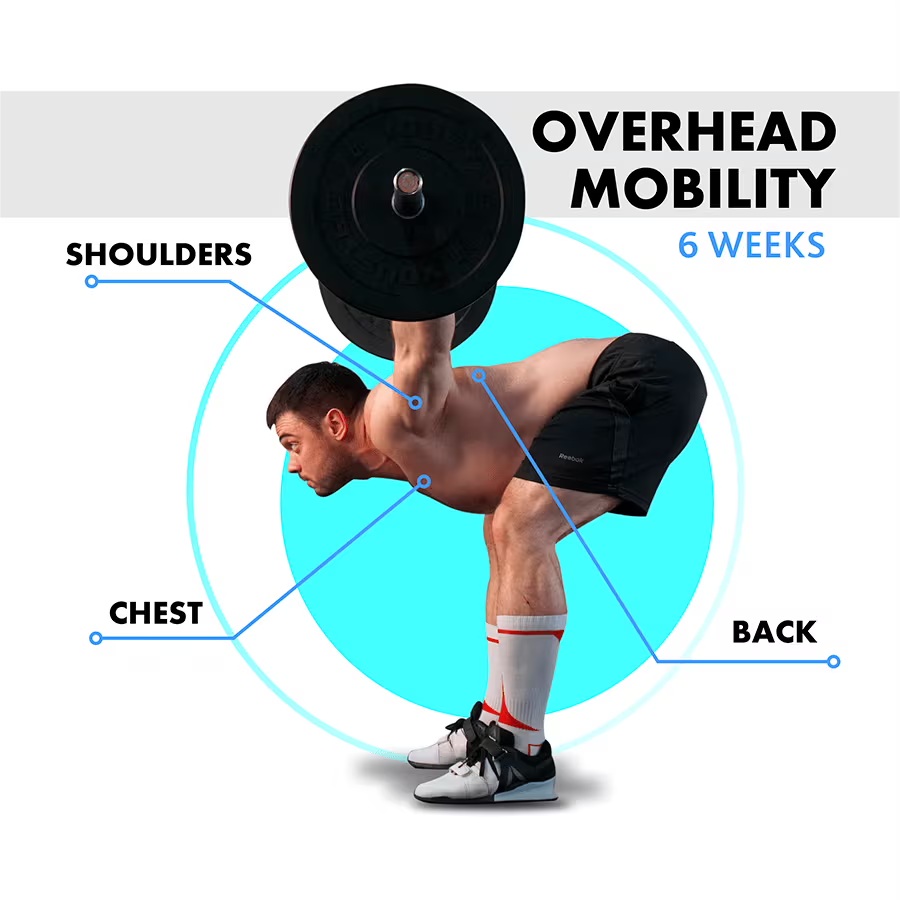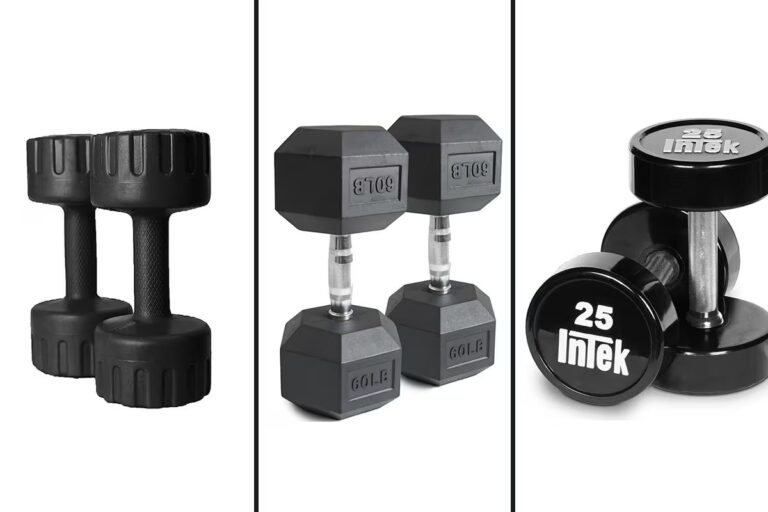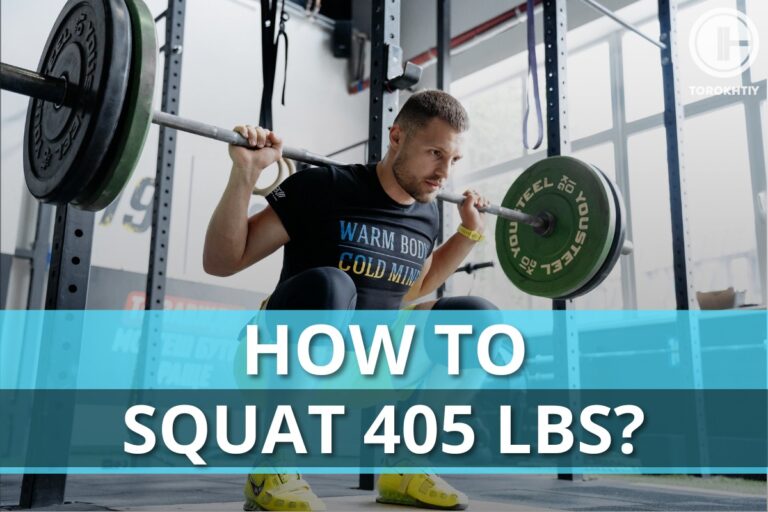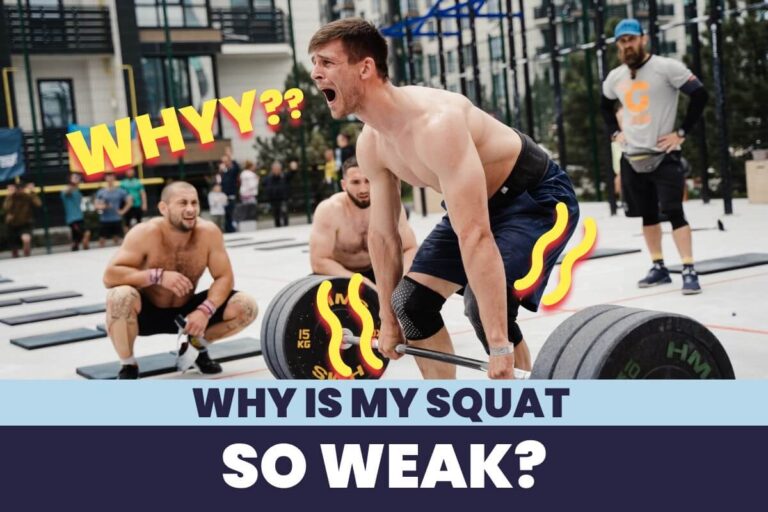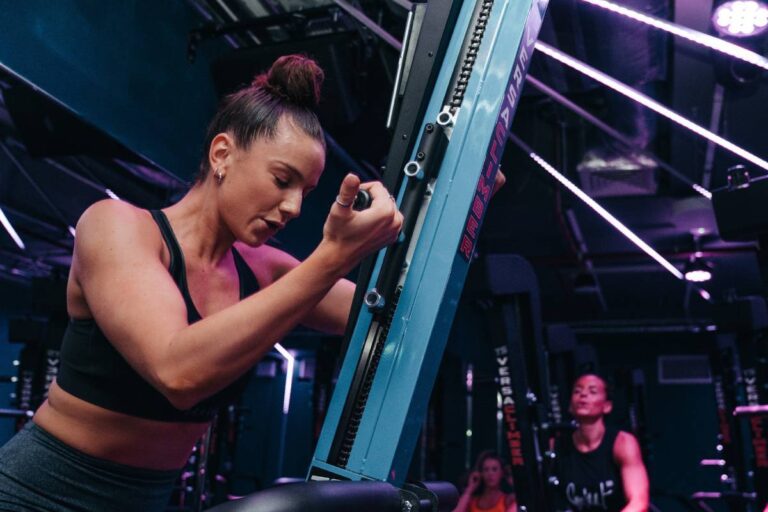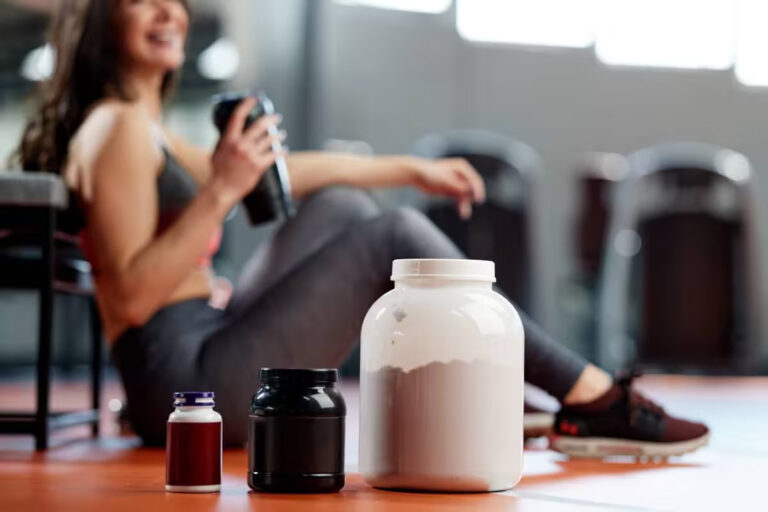Shoulder Mobility and Shoulder Stretches in Functional Fitness
Don’t you hate when you have an itch on your upper back, and you can’t reach it? Well, by increasing your shoulder mobility, or flexibility, you can do just that! But that is not the only benefit of increasing the flexibility of your shoulders though.
Shoulder mobility refers to the control of the full shoulder joint’s range of motion, which allows for movements such as reaching overhead, rotating the arm, and lifting objects.
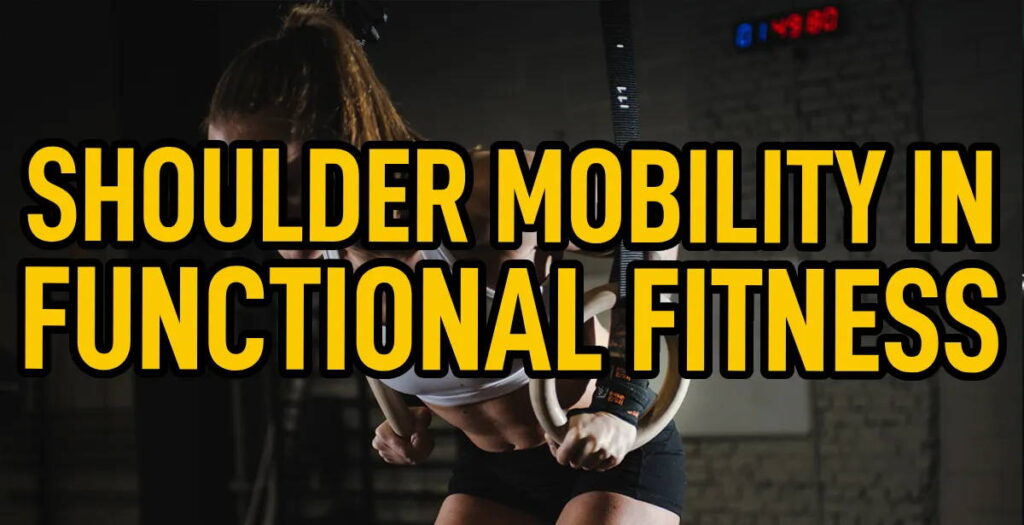
Improving shoulder mobility is crucial for the functional fitness athlete’s training. Better mobility allows for more efficient and safe movement when performing Olympic weightlifting and gymnastic movements during the WOD (workout of the day). Poor shoulder mobility can increase the probability of injury and pain, resulting in decreased performance. It has been noted that overhead athletes with altered shoulder mobility will cause adaptive structural alterations to the joint brought on by the intense physiological demands of overhead activity.
Incorporating specific accessory movements and exercises can improve shoulder mobility, increase the range of motion, and reduce the risk of injury. In this article, I will explore some of the best functional fitness shoulder mobility stretches and exercises for athletes.
What Is Shoulder Mobility?
Shoulder mobility is a term used to describe the ability of the Glenohumeral joint, also known as the shoulder joint to move through an expected range of motion voluntary or involuntary. Maximizing this range of motion improves the efficiency of the upper extremity.
This involves highly coordinated collaboration between the scapula, humerus, clavicle, and other associated soft tissues. Mobility is influenced by many factors, such as joint muscular structures, strength, flexibility, and neuromuscular control.
Good shoulder mobility is essential for performing a wide range of functional and fitness-related activities. If you are looking to get the most out of your workouts during functional fitness or weightlifting, Iincreasing your shoulder mobility is a must.
How Do You Measure Shoulder Mobility?
Assessing shoulder mobility requires various techniques to evaluate the range of motion, structural abnormalities, and functional limitations. Healthcare professionals commonly use instruments like an inclinometer or a goniometer. Other techniques could be imaging techniques like ultrasound, X-rays, CT Scans, and MRIs. , and functional examination tests. Imaging techniques can provide a more detailed profile of the structure of the shoulder joint and surrounding tissues.
Functional tests in fitness are used to evaluate shoulder mobility during specific movements, such as the Wall Shoulder Flexion Test and overhead squats 4, to determine how well the shoulder joint can perform in real-life situations.
The choice of measurement technique depends on the provider and individual needs, existing conditions, and goals. For a professional assessment, reach a medical, physical therapist, or chiropractor provider.

5 Exercises to Improve Your Shoulder Mobility
If you want to improve shoulder pain and risk of injury improving shoulder mobility is essential, especially for functional fitness and barbell athletes. Here are five functional fitness shoulder movements that can help improve your mobility to tackle your next workout
Wall Angels
Stand with your back against a wall, arms raised to shoulder height with your elbows bent at 90 degrees. Slowly slide your arms up and down the wall, keeping your elbows and wrists in contact with the wall at all times.
Sleeper Stretch
Lay on your side and with the shoulder that is on the surface bend to a 90/90 position. Stretch the shoulder capsule by gently pushing forward with your opposite hand as tolerated.
Band Pull-Aparts
Hold a resistance band in front of your chest with your hands shoulder-width apart. Keeping your arms straight, pull the band apart until your hands are at shoulder height, then release.
Shoulder Dislocates or Pass Through
Hold a resistance band or PVC with a wide grip in front of your body at shoulder height. Slowly move the band or PVC behind your back as tolerated, Return to the starting position and repeat.
Internal and External Rotation with a Resistance Band
Attach a resistance band to a stationary object at waist height. Hold the other end of the band with your elbow bent at 90 degrees and your upper arm against your body. Rotate your arm inward and outward while maintaining the 90-degree angle to stretch and strengthen the rotator cuff muscles.
Performing these exercises consistently and correctly can help improve shoulder mobility, increase the range of motion, and reduce the risk of injury. It’s essential to start with light resistance and gradually increase it as you become more comfortable with the movements.
Disclosure: Stop and consult a healthcare professional if you experience pain or discomfort with any of these movements.
FAQ
Why Are My Shoulders So Inflexible?
Limited mobility can result from various factors such as poor posture, lack of stretching, muscular imbalances, structural impairments, pain, and/or injuries. In some cases, tightness in the chest and back muscles can contribute to shoulder inflexibility. The shoulder joint was designed to be highly mobile, but as a consequence is inherently unstable, relying heavily on the muscles and ligaments surrounding it for support.
Over time, lack of physical activity, repeated stressful movements, or bad postures can lead to the shortening of these soft tissues, reducing the range of motion and causing pain or discomfort.
To improve shoulder flexibility, it’s essential to address the underlying causes through stretching, strengthening, and postural corrective exercises. A healthcare professional like a physical therapist can provide personalized guidance to help identify the cause of your shoulder inflexibility and develop a safe and effective treatment plan.
Can I Do Functional Fitness Workouts With a Shoulder Injury?
According to a study done back in 2018, about 39% of allfunctional fitness-related injuries target the shoulders. This is why improving shoulder mobility is imperative in preventing such injuries.
Whether you can do functional fitness with a shoulder injury depends on the type of movement, the severity of the injury, and the advice of a healthcare professional. Functional fitness is a strength and conditioning program define as “constantly varied functional movements executed at high intensity across broad time and modal domains.
Many of the functional fitness movements like pull-ups, snatches, and overhead presses and workouts can significantly stress the shoulders over your activity threshold limits.
If you have a shoulder injury, it’s important to seek a proper medical provider to improve your care and return to your activities and to modify or avoid those movements until you can perform them without pain. Some modifications to the workout may include: reducing the resistance or load of the weight, or to change the range of motion, or using alternative movements that don’t place as much strain on the shoulder joint. Communicating your injury to your functional fitness coach is key since the coach can provide appropriate modifications and monitor your progress.
Working out with a shoulder injury without proper guidance can lead to further damage and a longer recovery time. Ultimately, the decision to do functional fitness with a shoulder injury should be made with the direction of a healthcare professional who can provide personalized advice and treatment.
🔻OVERHEAD MOBILITY CYCLE Program
Boost Your Overhead Mobility!
Pro or beginner, our Overhead Mobility Program is your key to success.
Why Choose?
- 🏋️ Master Olympic weightlifting, from beginner to pro.
- 💪 Boost upper body mobility and joint strength.
- 🚀 Solidify your confidence in overhead movements.
- 🥇 Achieve new personal bests.
- 🎯 Benefit from 60+ unique exercises.
- 📈 5 tests to track your progress.
- ⏰ 18 efficient 30-minute workouts.
- 📹 120 video guides.
- 🔒 Lifetime access for success anytime, anywhere.
Don’t wait – unlock your potential today! 🚀
Conclusion
Shoulder mobility is a crucial component of functional fitness. Incorporating functional fitness shoulder stretches and exercises to enhance mobility can significantly benefit athletes. Proper technique, patience, and consistency are key factors to consider when working on shoulder mobility for functional fitness, and with time and dedication, athletes can achieve remarkable results.
Additionally, it is essential to approach shoulder mobility and stretch in a safe and mindful manner. Rushing into advanced exercises without proper form and technique can lead to injury and setbacks. Therefore, it is crucial to start slowly and gradually progress while paying attention to the body’s signals.
Do you perform any shoulder stretches for functional fitness or mobility work? Any favorite mobility drills you want to share with us? Comment below. We will love to know more.
Share your experience, results, and your secret techniques that helped you get there. I’d love to hear your thoughts and opinions in the comment section below – especially if you’ve come across one that I haven’t mentioned!
Also read:
- Athlete Mobility Workout
- Lower Back Mobility Exercises
- Lifting Overhead
- Shoulder Warm up Exercises
- Upper Body Mobility Exercises
- Tricep Stretches
- Thoracic Mobility Exercises
References:
- Mobility and stability adaptations in the shoulder of the overhead athlete // National Library of Medecine: https://pubmed.ncbi.nlm.nih.gov/18081365/
- THE RELIABILITY AND CONCURRENT VALIDITY OF SHOULDER MOBILITY MEASUREMENTS USING A DIGITAL INCLINOMETER AND GONIOMETER // National Library of Medecine: https://www.ncbi.nlm.nih.gov/pmc/articles/PMC3362980/
- The reliability and minimal detectable change of shoulder mobility measurements using a digital inclinometer // National Library of Medecine: https://pubmed.ncbi.nlm.nih.gov/20690872/
- Clinical Measures of Shoulder Mobility in the Professional Baseball Player // National Library of Medecine: https://www.ncbi.nlm.nih.gov/pmc/articles/PMC1088341/
- Shoulder Flexibility: Why It Matters And How To Improve It // BetterMe: https://betterme.world/articles/shoulder-flexibility/
Why Trust Us?
With over 20 years in Olympic Weightlifting, our team does its best to provide the audience with ultimate support and meet the needs and requirements of advanced athletes and professional lifters, as well as people who strive to open new opportunities and develop their physical capabilities with us.
By trusting the recommendations of our certified experts in coaching, nutrition, dietology, and sports training programming, as well as scientific consultants, and physiotherapists, we provide you with thorough, well-considered, and scientifically proven content. All the information given in the articles concerning workout programming, separate exercises, and athletic performance, in general, is based on verified data. We ensure that you can rely on our professionals’ pieces of advice and recommendations that can be treated as personalized ones which will benefit you and fully meet your needs.
The product testing process is described in more detail here
Author: Ernesto Mendez
Orthopedic Clinical Specialist
Best Results: Snatch – 208 kg,
C&J – 240 kg
Dr. Ernesto Mendez is a licensed physical therapist, a board Orthopedic Clinical Specialist (OCS) and founder of Movement 4 Wellness Physical Therapy, LLC. He earned his degree from Thomas Jefferson University. He is also an Olympic weightlifting coach (USAW L1) and Functional Fitness Level 1 Trainer. His experience includes the areas of pain management, movement analysis, injury recovery, surgical rehab, corrective exercise, and athletic, military, and occupational performance. Dr Mendez is passionate about Olympic weightlifting and fitness. Ernesto Mendez is responsible for designing multiple training programs, writing blog articles, posting daily weightlifting content, doing live weightlifting and mobility seminars.

